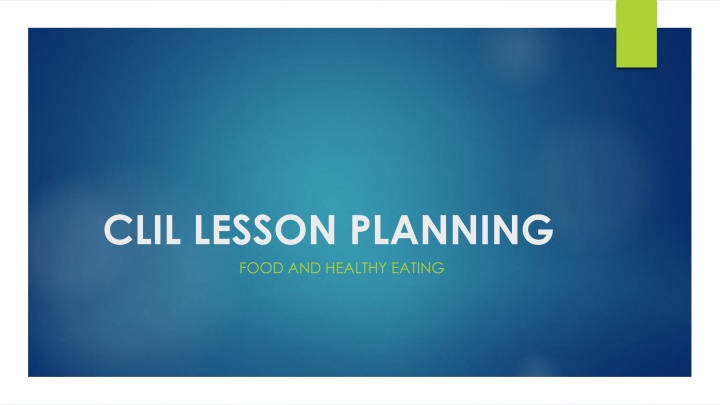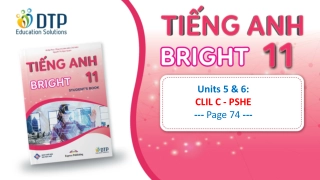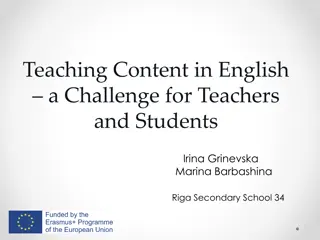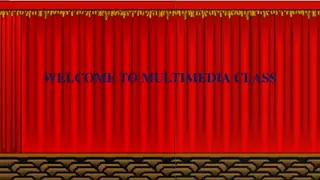
Engaging Science Lesson Plan on Food and Healthy Eating
Plan a comprehensive science lesson focusing on food groups, the digestive system, and healthy eating habits. Engage students with interactive activities, vocabulary learning, and discussions on the importance of nutrient classification. Utilize various techniques like group work, pair work, and e-learning, along with materials such as videos, books, and presentations, to enhance learning outcomes and promote a fun, educational experience.
Download Presentation

Please find below an Image/Link to download the presentation.
The content on the website is provided AS IS for your information and personal use only. It may not be sold, licensed, or shared on other websites without obtaining consent from the author. If you encounter any issues during the download, it is possible that the publisher has removed the file from their server.
You are allowed to download the files provided on this website for personal or commercial use, subject to the condition that they are used lawfully. All files are the property of their respective owners.
The content on the website is provided AS IS for your information and personal use only. It may not be sold, licensed, or shared on other websites without obtaining consent from the author.
E N D
Presentation Transcript
CLIL LESSON PLANNING FOOD AND HEALTHY EATING
Project Information Date: October December School: I.P.S.S.E.O.A D. REA Nocera Inferiore Class (number of students): 20 students + one student with deficit slight avarage 2ndclass of Secondary School Teacher s Names: Bartiromo Rachele Cuofano Maria Federici Mariarita Mauriello Mena Polichetti Luciana Trotta Valentina Subject: SCIENCE Topic: Food and healthy eating Time: 15 Hours
Project Objectives Content Objectives Divide foods into 5 groups and their main functions Describe the digestive system and its functions Know and understand the healthy eating concept and food pyramid
Project Objectives Language Objectives Vocabulary: technological and scientific words: Carbohydrate, protein, vitamin, intestines (large intestine - small intestine), liver, esophagus, pancreas, stomach Verbs: revision of present simple - use of past simple of regular/irregular verbs - linkers Use of frequency adverbs : always, sometimes, never, often, hardly ever, past time expressions, etc. Language structure: talk about food; classify nutrients.
Learning Outcomes Talking about alimentary habits: food functions food pyramid Describing digestive system
Techniques Group works Pair works Brain storming E-Learning
Materials Video Books Powerpoint Presentation Notebook
Procedure: Introduction Presenting the new activity Show imagines of food and making questions about the topic that will introduced elicit relation between food/correct life style 1 Hour
Procedure: Stage 1 - Motivation Motivating the students Partecipation and interaction between teacher and students 1 Hour
Procedure: Stage 2 - Comprehension Introducing the scaffolding structures Giving students digital devices: LIM tablet
Procedure: Stage 3 Oral Practice Getting students to work: Tasks: open dialogues, role play, chain answers, fill in the blanks; 2 Hours Reading compilation texts about healthy/foods unhealthy/foods and healthiness;
Procedure: Stage 4 - Production Getting students to produce Draw human body (digestive system) and label its organs: intestines (large intestine - small intestine) liver esophagus pancreas stomach Etc. 8 Hours and their functions, pyramid food and diary food
Procedure: Follow Up/Homework Introducing the final task (to be done at home) 1 Hours Multiple choice tests
Procedure: Testing and Evaluation Use technologic application: KAHOOT 2 Hours TAGUL QUIZIZZ Rubriche di valutazione per gruppo o per singolo alunno
Notes Clil lesson has been very exciting for students because they have learnt a new topic in a different way: quickly and engaging Wi-Fi is inefficient, the uncontrolled use of Internet may be dangerous for the students






















